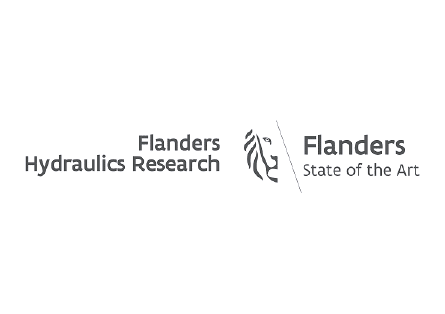
Waves Explained: Behind the curtain at Pipeline. Understand the science behind the world’s most legendary waves. AllWaves explains how it works.

Waves Explained: Behind the curtain at Pipeline. Understand the science behind the world’s most legendary waves. AllWaves explains how it works.

So imagine you have found a good location, an investor, and you want to buy a wavepool? Which criteria should you take into account?

The key to building a commercial wavepool is to build it as energy efficient as possible. Wavepool or surfpark operators are often deterred from the steep energy costs of generating artificial waves. To solve this problem, AllWaves draws experience from nature
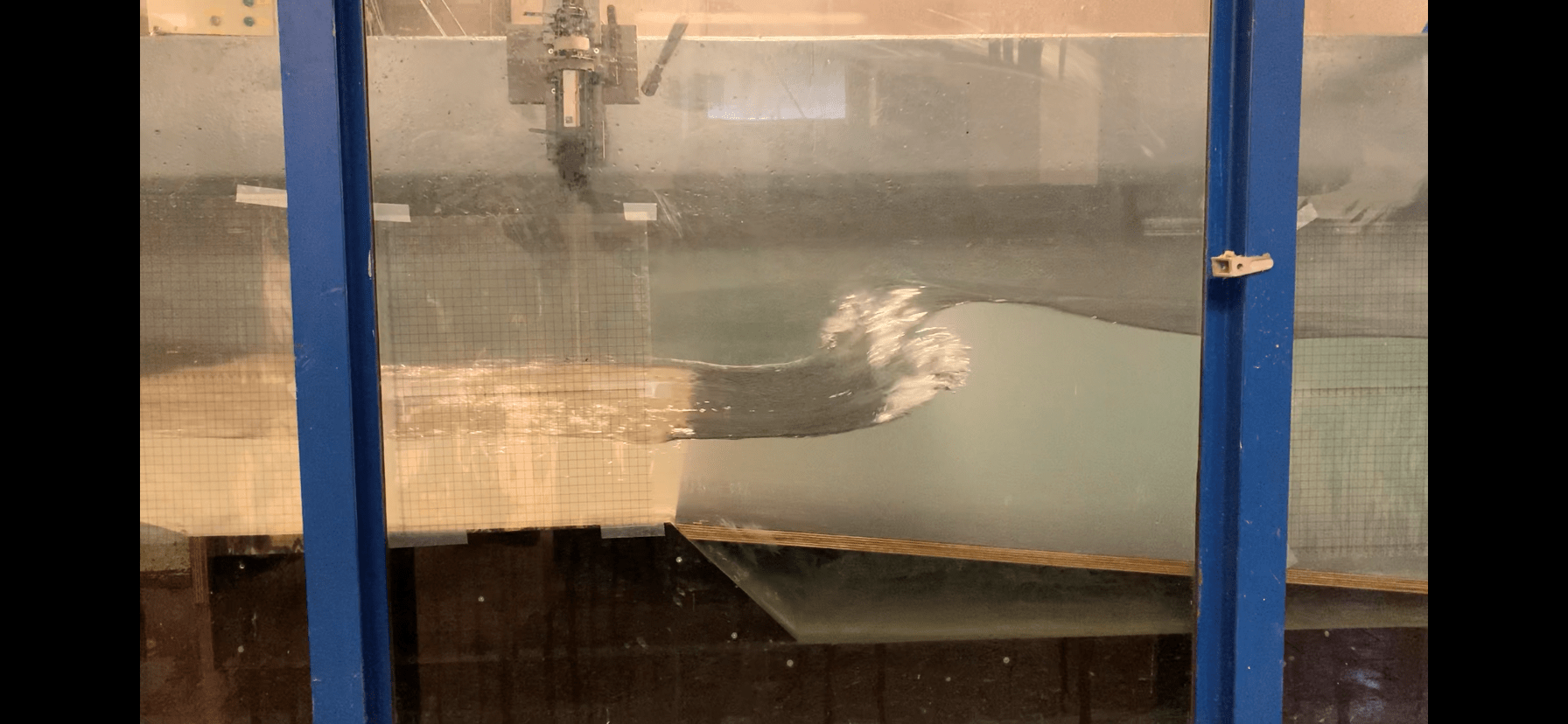
AllWaves reefs are specifically designed to avoid both backwash and wave reflection. With this purpose in mind, the Coastal Ocean Basin (COB) has created the scientific ground for the AllWaves reef setup. The Coastal Ocean Basin is a consortium of the Universities of Ghent and Leuven, and Flanders Hydraulic Research Institute.
In 2020 we started off with experiments in COB’s wave flume facility. This concrete wave flume is 30m long, 1m wide and 1.2m high. Under those circumstances a 2D slice of the passive wave absorber system can be investigated. Based on desk research that has been performed prior to the tests, a passive wave absorber system was selected. This was subject to further investigation in terms of both reflection coefficients and backwash velocities. In short, the experimental set-up, test matrix and analysis results serve as design guidance for the passive wave absorber system (reef) in our test surf pool in Knokke-Heist.
“Generating perfect wave conditions in recreational surf pools depends on the wave generation system and wave transformation phenomena. Backwash results in steep cross waves and confused wave conditions. Our experiments have led to a state-of-the-art solution delivering a generic reef, where more than 90% of the remaining energy is dissipated.”, says Prof. Peter Troch and Dr. Maximilian Streicher, Coastal & Ocean Basin, Ghent University, Belgium.
It is specifically designed to avoid backwash and wave reflection. This results in soft slopes where incoming waves break and disappear seamlessly. After an AllWaves wave breaks, the water flows back into the pool without disturbing the next perfect, rolling set of waves. Thanks to that, there is no need to interrupt the surfing session to calm down the water. Waves can roll non-stop. And the entire system has an optimized energy efficiency.
To conclude, the abscence of backwash and wave reflection is above all interesting for surf park operators to obtain a commercially viable business model of their wavepool. On the on hand, no wasted time between waves, means surfers can keep surfing, and everyone can catch at least 15 waves in a 1-hour session. On the other hand, no trailing waves means no wasted energy, so optimized operating expenses.


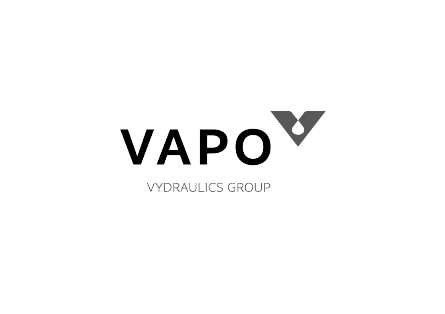
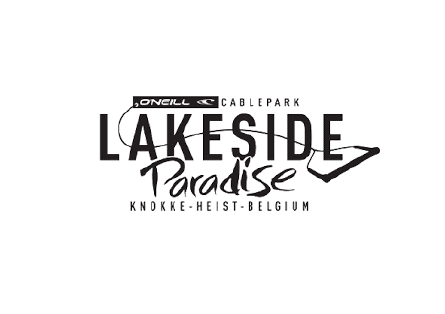

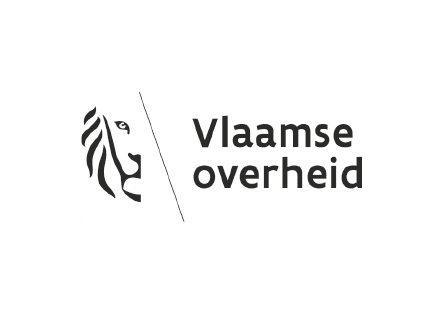

At AllWaves we intensively use scale models to create the perfect wave. The key to building any new, groundbreaking & innovative technology is following a step-by-step process and lots of prototyping. That is why we draw knowledge from the widely known NASA TRL methodology. Technology Readiness Levels (TRL) are a type of measurement system used to assess the maturity level of a particular technology. In our 1/10 and 1/20 scale models, we evaluated different wave profiles and materials to use. We look at both wave heights and speed, but also shape and everything in between. Such as backwash & wave reflection.
For an expert opinion, we brought in Belgian surf pioneer Frank Vanleenhove, the founding father of the surfclub “Surfers Paradise” and the sister company “Lakeside Paradise”. Frank brings in years of surf experience. Through his early-stage involvement, we integrated surfers’ expectations towards waves in a wave pool and embedded that in our design. As waves of 2 m are in the model only 20 cm high, the evaluation consists mainly of a visual check of the different wave profiles. We looked at 48 different profiles considering all level of surfers with different skills & preferences. From beginner to pro.
“Most people focus only on the shape of the lip, the shoulder, the pocket and tube of a wave when observing a wave. To be able to know whether a wave carries enough energy to surf on, you need also to focus on the waves’ backside. We want to see a rather flat shoulder with a vast amount of water that pushes the face in a perfect way (see picture). Secondly, we want to see what happens in the area just in front of the face. When water is sucked into the wave, we experience the wave as a qualified wave”, Steven Nauwelaerts (our CEO) explains.
When energy is not transferred correctly between the wavemaker and the water, trailing waves are created. These are extra waves in between the actual surf waves. Trailing waves represent wasted energy, reduced efficiency and an unpleasant surf sensation. “In none of the settings, we observed trailing waves.“, Frank explains. “I can’t wait to go and catch the waves in the full-scale demo centre. The countdown has started”.
To see for yourself the results of the 1/10 scale model and how a perfect wave looks like, check out the video below.
* Video by Yves Sondermeier @zebraman_in_nam & music by @thomas.lube




